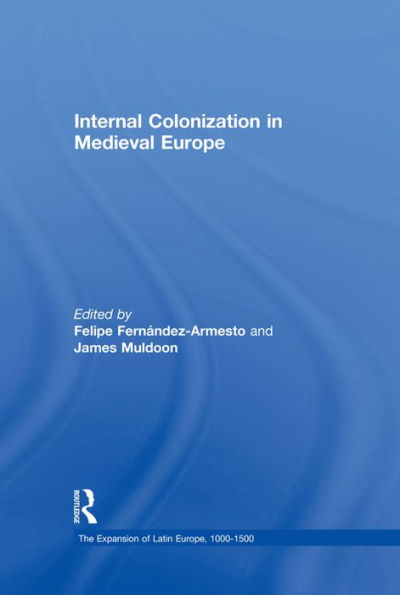Around the year 1000 Rodulfus Glaber described France as being in the throes of a building boom. He may have been the first writer to perceive the early medieval period as a Dark Age that was ending to be replaced by a better world. In the articles gathered here distinguished medieval historians discuss the ways in which this transformation took place. European society was becoming more stable, the climate was improving, and the population increasing so that it was necessary to increase food production. These circumstances in turn led to the cutting down of forests, the draining of wetlands, and the creation of pastures on higher elevations from which the glaciers had retreated. New towns were established to serve as economic and administrative centers. These developments were witness to the processes of internal colonization that helped create medieval Europe.
"1137832408"
Internal Colonization in Medieval Europe
Around the year 1000 Rodulfus Glaber described France as being in the throes of a building boom. He may have been the first writer to perceive the early medieval period as a Dark Age that was ending to be replaced by a better world. In the articles gathered here distinguished medieval historians discuss the ways in which this transformation took place. European society was becoming more stable, the climate was improving, and the population increasing so that it was necessary to increase food production. These circumstances in turn led to the cutting down of forests, the draining of wetlands, and the creation of pastures on higher elevations from which the glaciers had retreated. New towns were established to serve as economic and administrative centers. These developments were witness to the processes of internal colonization that helped create medieval Europe.
210.49
In Stock
5
1

Internal Colonization in Medieval Europe
410
Internal Colonization in Medieval Europe
410eBook
$210.49
$280.00
Save 25%
Current price is $210.49, Original price is $280. You Save 25%.
Related collections and offers
210.49
In Stock

Product Details
| ISBN-13: | 9781351927017 |
|---|---|
| Publisher: | Taylor & Francis |
| Publication date: | 05/15/2017 |
| Series: | The Expansion of Latin Europe, 1000-1500 |
| Sold by: | Barnes & Noble |
| Format: | eBook |
| Pages: | 410 |
| File size: | 7 MB |
About the Author
From the B&N Reads Blog
